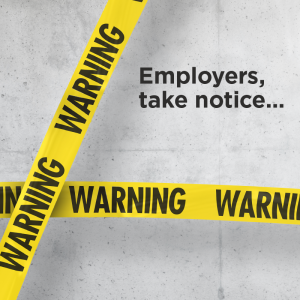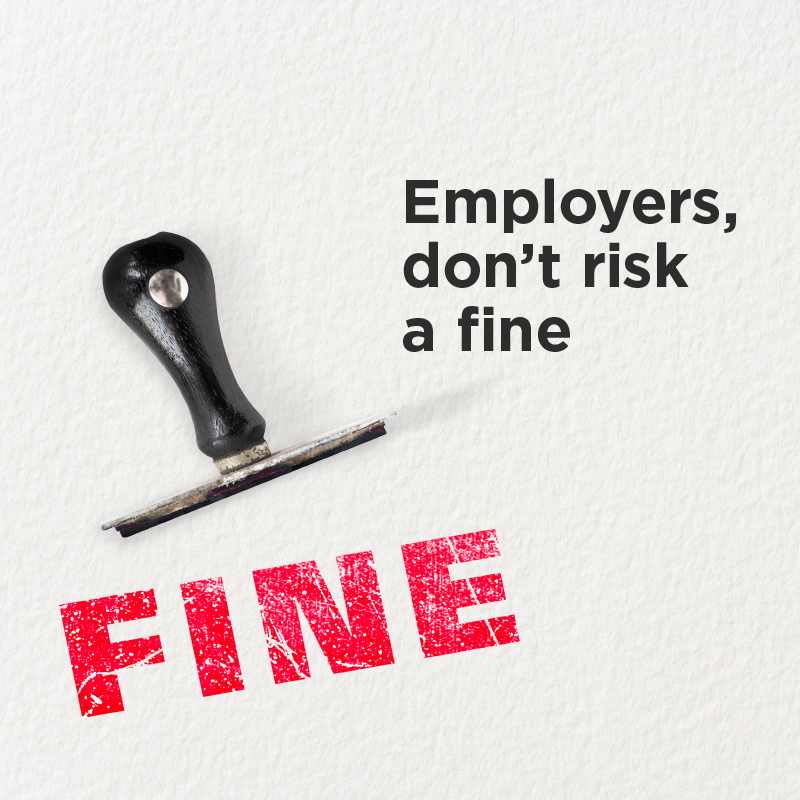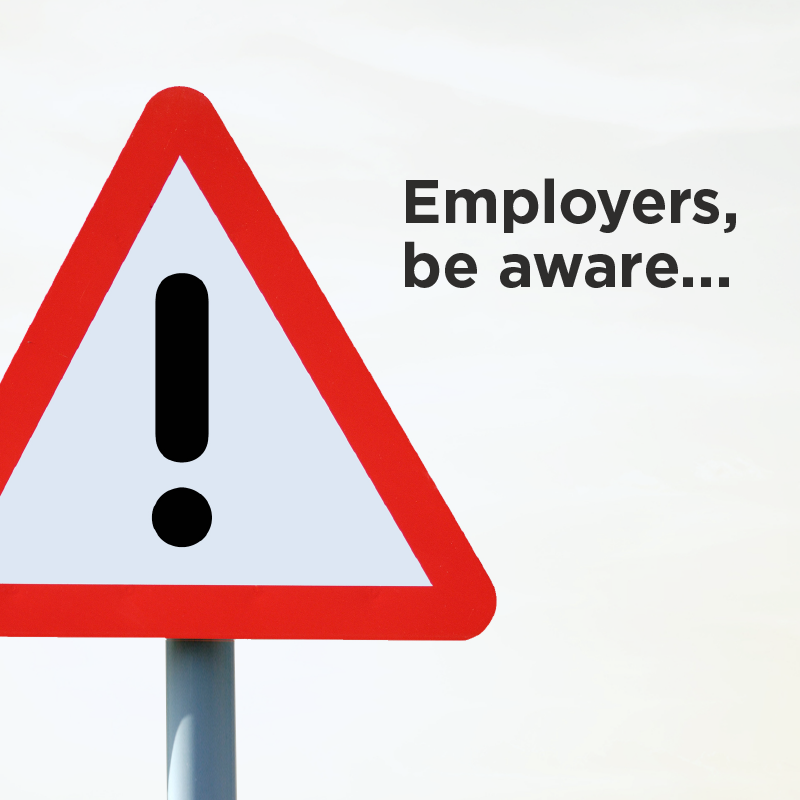 Re-enrolment and re-declaration: A two-stage process. Make sure you know what to do – don’t risk a fine.
Re-enrolment and re-declaration: A two-stage process. Make sure you know what to do – don’t risk a fine.
Over the coming months the first waves of small and micro employers will start to reach their re-enrolment deadlines.
Re-enrolment means staff who opted out of their workplace pension are put back in by their employer. It’s an important task because it means these staff are given fresh encouragement to save for their retirement.
Automatic enrolment has changed the savings landscape, with more than 10 million people newly saving or saving more. For the small minority of staff who opted out – around 9% – re-enrolment means they have the opportunity to benefit from the pensions contributions they’re entitled to.
So far, around 117,000 large and medium employers have completed re-enrolment. It’s a straightforward task and employers will receive a letter from The Pensions Regulator (TPR) reminding them about their re-enrolment responsibilities.
 Business as usual for employers
Business as usual for employers
More than 1.4 million employers have now done the right thing for their staff and complied with their automatic enrolment duties. Automatic enrolment is business as usual, and simply part and parcel of running a business – most employers spend just a couple of hours a month completing their ongoing duties.
Compliance with the law remains high, with the majority of employers successfully meeting their legal responsibilities. However, TPR is warning employers to leave enough time to complete re-enrolment, as failing to complete tasks correctly and on time will lead to non-compliance and risk a fine.
Completing re-enrolment
Re-enrolment must be carried out every three years. Employers can choose a re-enrolment date which falls three months either side of the third anniversary of the date their workplace pensions duties started – but to make it easier for them, we tell employers to simply use the third anniversary of their staging date.
Being able to pick a re-enrolment date means employers can choose a deadline which is suitable for them and aligns with their business processes. However, once the re-enrolment date has been set, employers must work towards and meet that deadline.
 Employers must assess staff who opted out when they were enrolled, to check if they’re still eligible. If they are, they must be put back into a pension scheme. Employers must inform these staff in writing about how they’re affected by automatic enrolment.
Employers must assess staff who opted out when they were enrolled, to check if they’re still eligible. If they are, they must be put back into a pension scheme. Employers must inform these staff in writing about how they’re affected by automatic enrolment.
Employers must then complete and submit an online re-declaration of compliance form to confirm to TPR what they’ve done to meet their re-enrolment responsibilities. Failure to carry out this task and complete re-enrolment means employers fall foul of the law and risk a fine. Employers should leave enough time so that they meet their deadline.
Low opt-out rates mean the majority of employers won’t have staff to re-enrol, however they must still complete their re-declaration to confirm they’ve checked whether they need to put any of their staff back into a pension scheme.
TPR has a useful website tool to help you find out what they need to do and by when.
 Other ongoing duties
Other ongoing duties
As well as completing re-enrolment, employers must keep up to date with their ongoing duties. These include keeping track of the age and earnings of staff, managing requests to leave or join a pension scheme, keeping accurate records, and ensuring staff receive the correct pensions contributions.
Minimum contributions increased in April from 5% total to 8% total – with staff contributing at least 5%, and employers putting in at least 3%. Employers are warned that failing to make the correct contribution is non-compliant and risks a fine.
Employers can find the information they need about ongoing duties and re-enrolment by heading to TPR’s website, which has a step-by-step guide and useful checklists.
For more information:
Re-enrolment and re-declaration: www.tpr.gov.uk/re-enrol
Ongoing duties: www.tpr.gov.uk/ongoing-duties

